
Yellow Dock is one of those wild edibles that is about as common as it is overlooked.
Though I’ve grown up seeing this plant almost all of my life, it wasn’t until more recently that I learned more about it, and that it was also edible.
DISCLAIMER: In this series I am simply trying to share some of my adventures in the wild and information that I am learning. I am not a professional nor am I trying to give dietary or medical advice. I'm just a man on a journey sharing about what I am encountering. I believe that the plant in the photos has been accurately identified and I have consumed it without side effect.. so far. Enjoy!

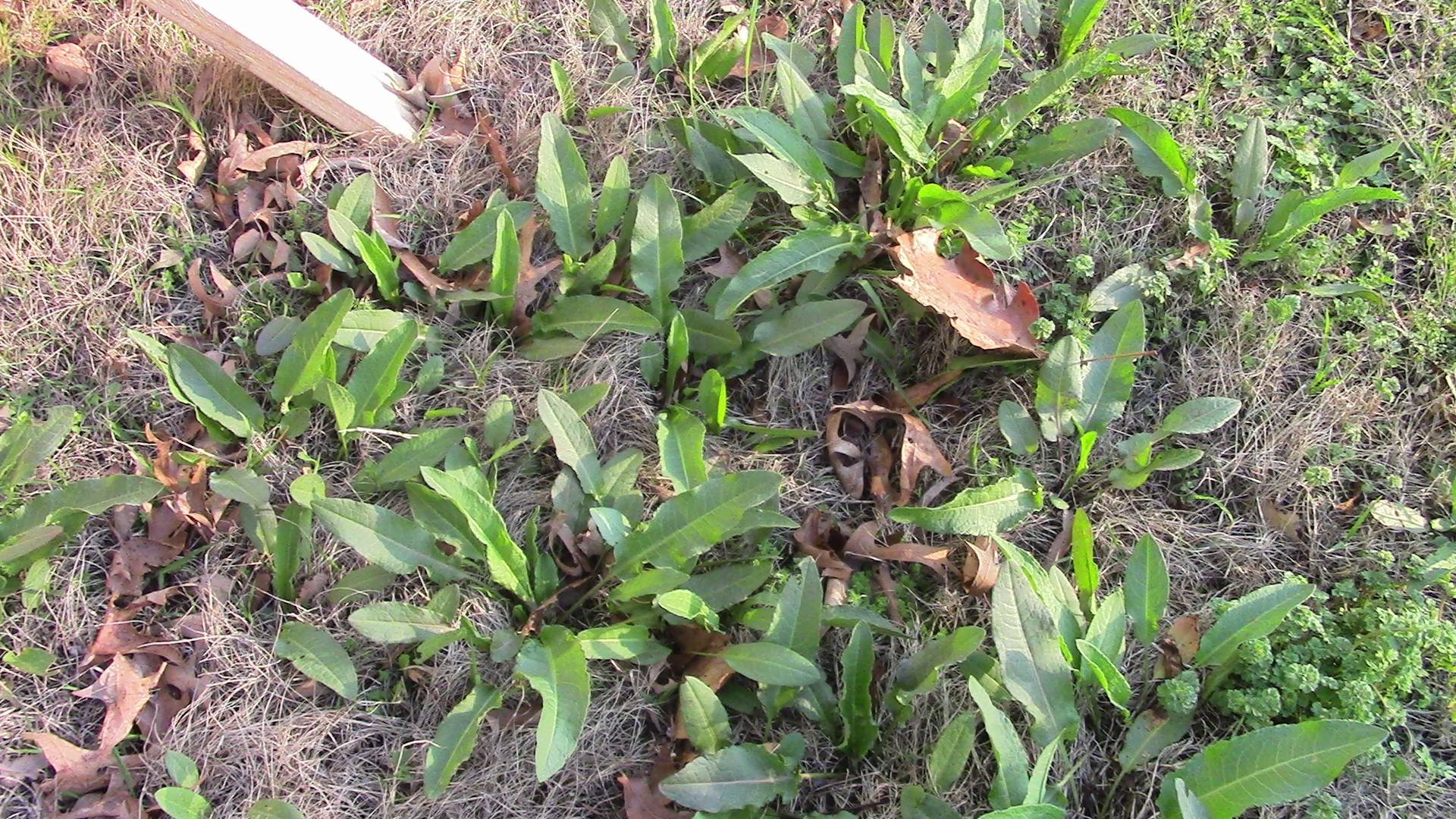
IDENTIFICATION
Yellow Dock (Rumex crispus) is also known as Curly Dock. It is a perennial originally native to Asia and Europe, but it has been naturalized around the world, and is a common “weed” across the United States. The leaves are almost “feather-shaped” and can grow to more than a foot long. Their wavy characteristic is what has led some to call it Curly Dock.
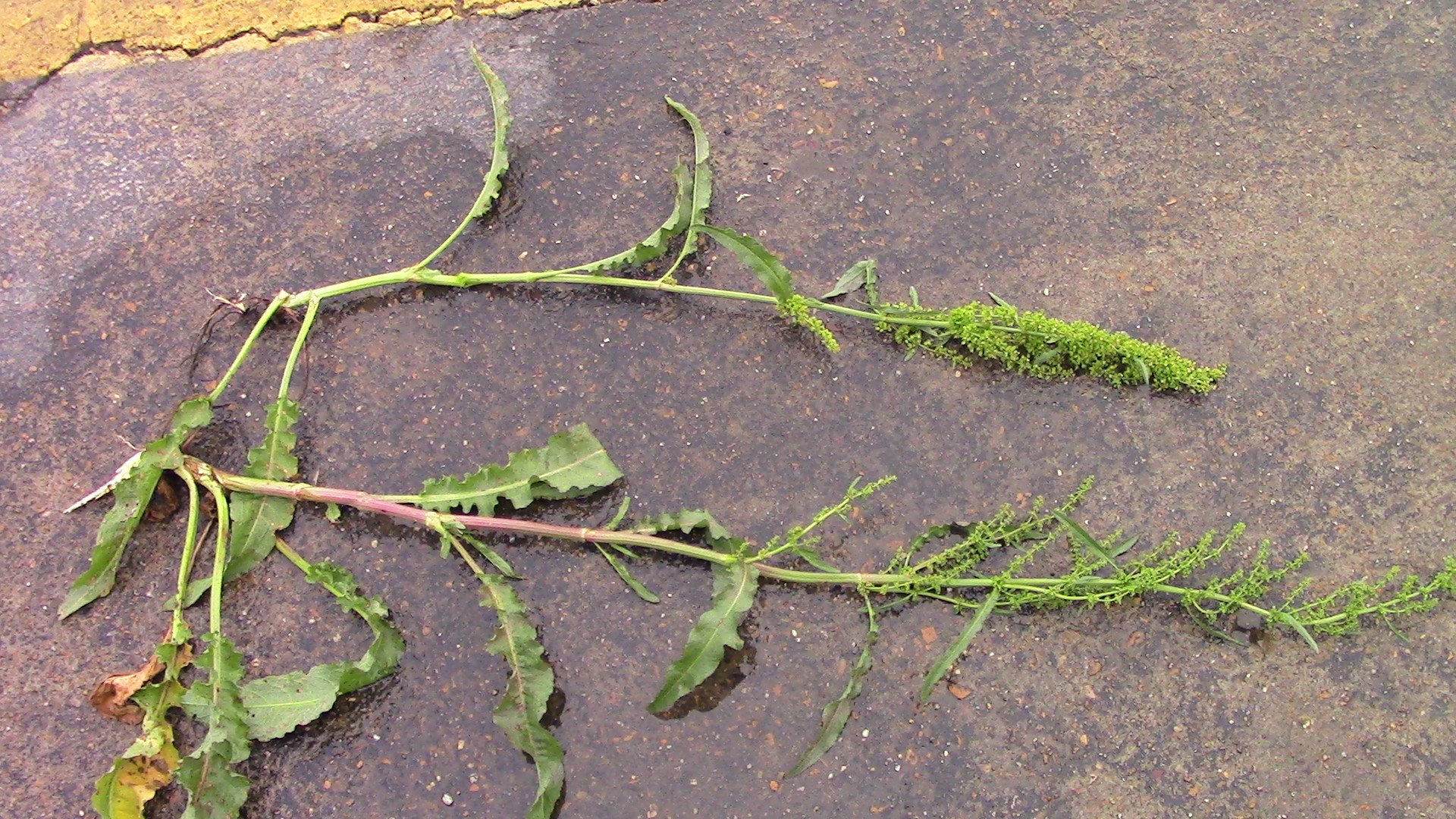
As the plant grows, it eventually shoots upward on a center stalk. The stalk becomes covered in seeds, and reminds me almost of the Rhubarb seed stalk.

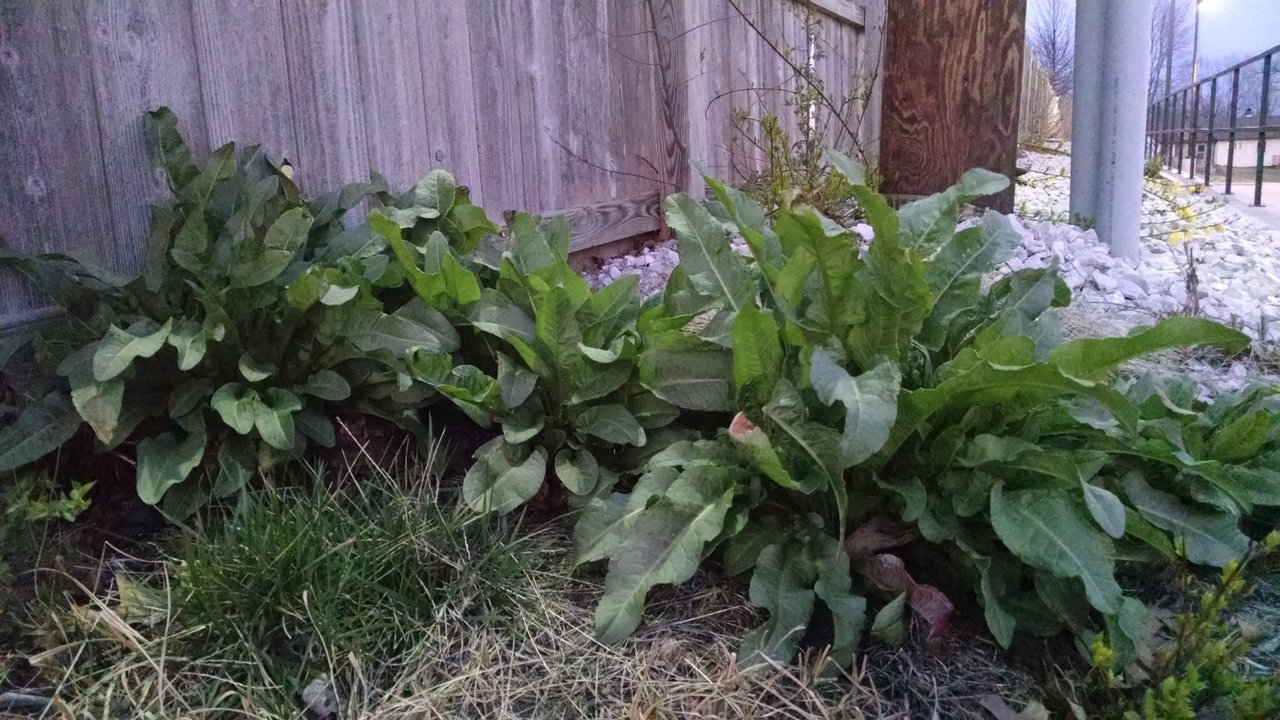
HABITAT
Like so many other wild edibles, Yellow Dock can often be found in “waste areas.” Waste areas are usually untouched or abandoned areas where plants are left free to multiply and spread, due to limited human interference.
These can include fields, marshy areas, abandoned homesteads, roadway ditches, and other more remote locations. In areas away from lawn maintenance and weed killer, Yellow Dock can often be found.

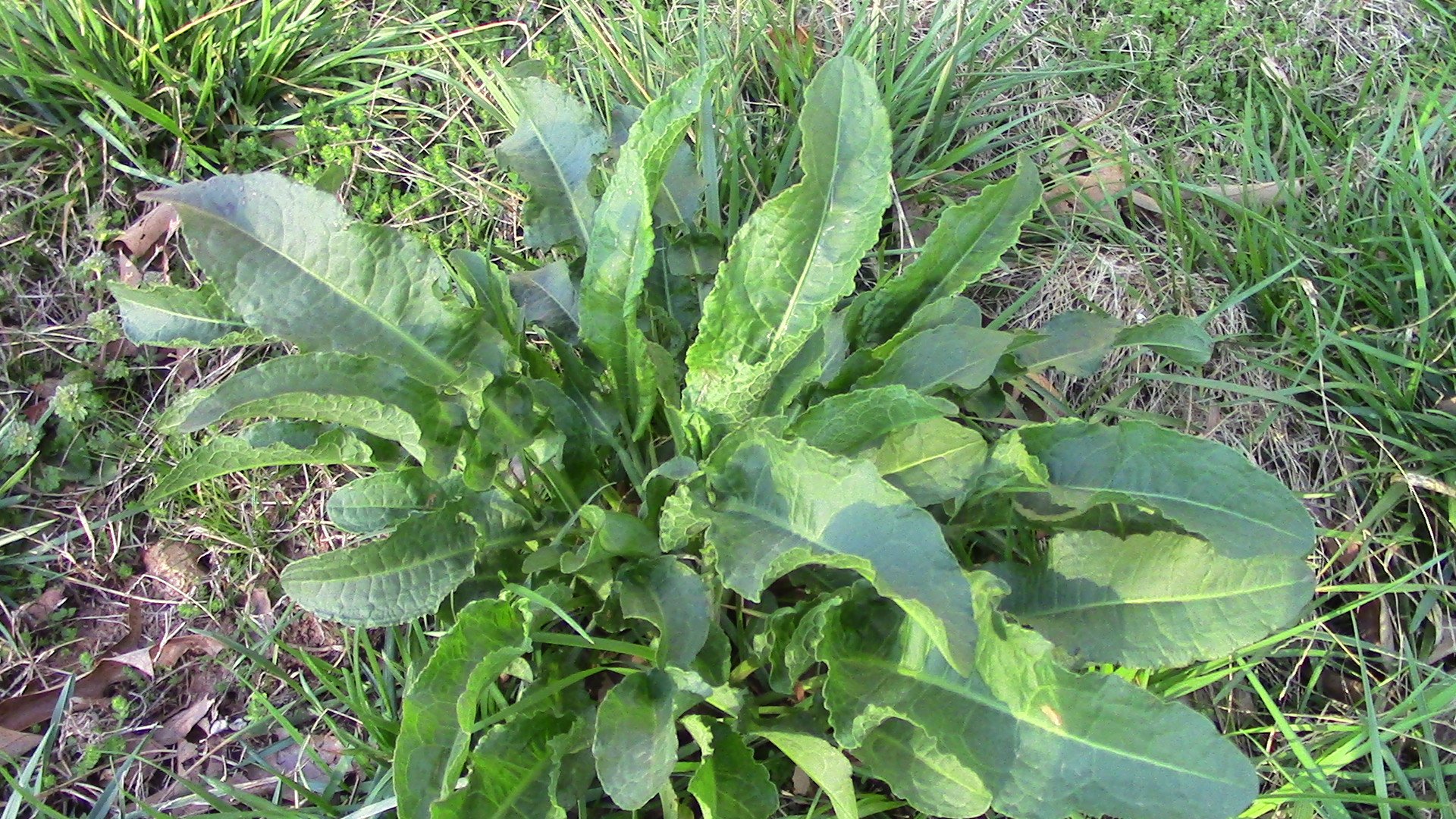
USES
Both the leaves and the roots of Yellow Dock can be used. The leaves are primarily used as a food source, whereas the root can be used medicinally. I would liken the flavor of the raw leaves to that of some mild Common Wood Sorrel. Here’s a little more on using the leaves.
It can be used as a wild leaf vegetable; the young leaves should be boiled in several changes of water to remove as much of the oxalic acid in the leaves as possible or can be added directly to salads in moderate amounts.[7] Once the plant matures it becomes too bitter to consume. Curly Dock leaves are somewhat tart due to the presence of high levels of oxalic acid, and although quite palatable, this plant should only be consumed in moderation as it can irritate the urinary tract and increase the risk of developing kidney stones. It should be used with care during lactation, as it may cause a laxative effect in the infant.
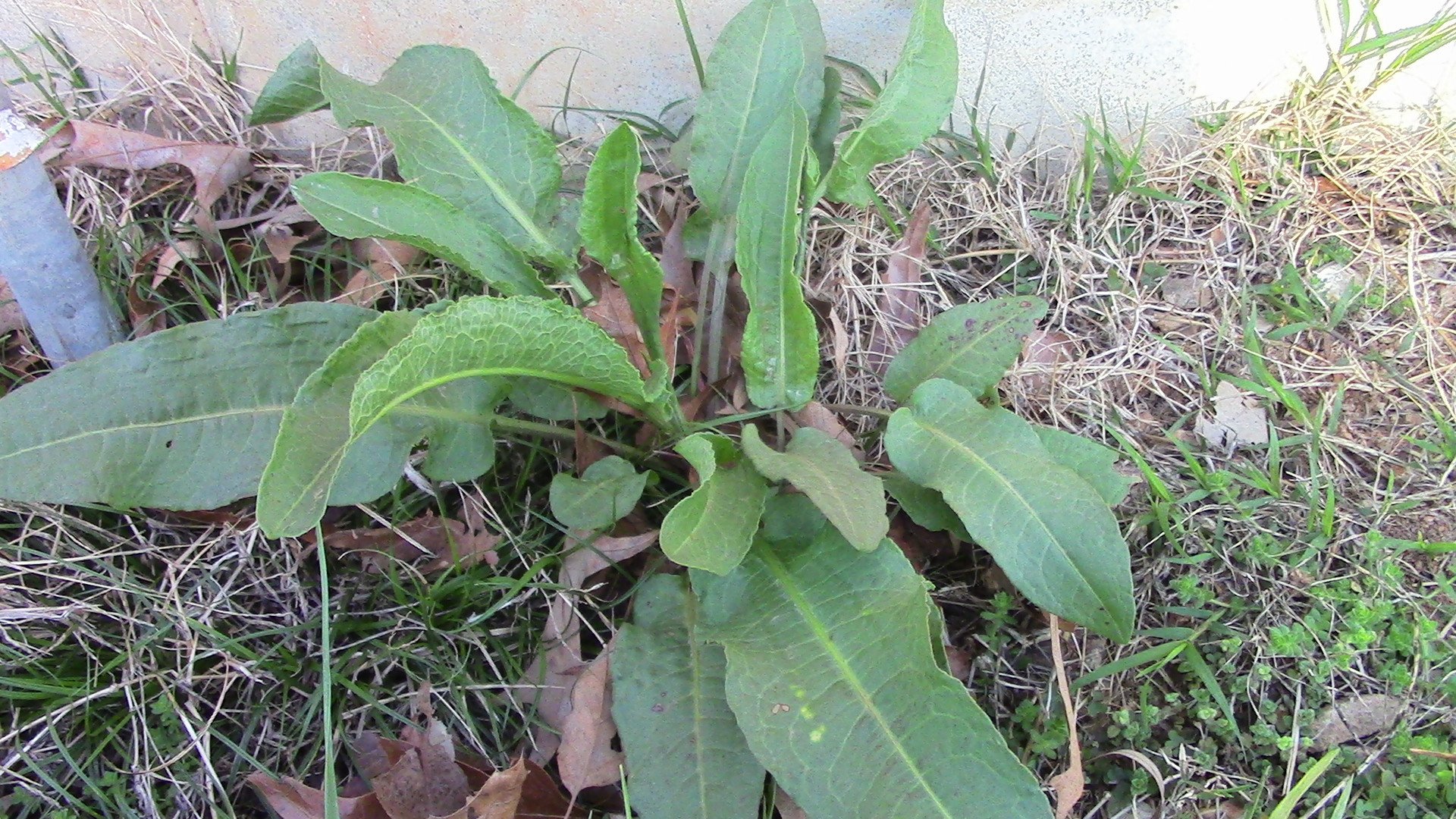
I have eaten these leaves raw in a moderate quantity, but I hope to experiment with cooking (boiling) them soon, as they are very abundant. I have not tried the root yet, but here is some of the info that I found on it.
Yellow dock root is used to help alleviate stomach acid, heartburn and indigestion, according to the University of Michigan Heath System. It is a bitter herb thought to stimulate the digestive function, helping to increase both digestive enzymes and stomach acid. Yellow dock root is taken in tincture form of ¼ to ½ teaspoon three times per day or used in a tea. The tea can be drunk up to three times per day, before meals.
The root has also been used to treat various skin conditions, and as a laxative.

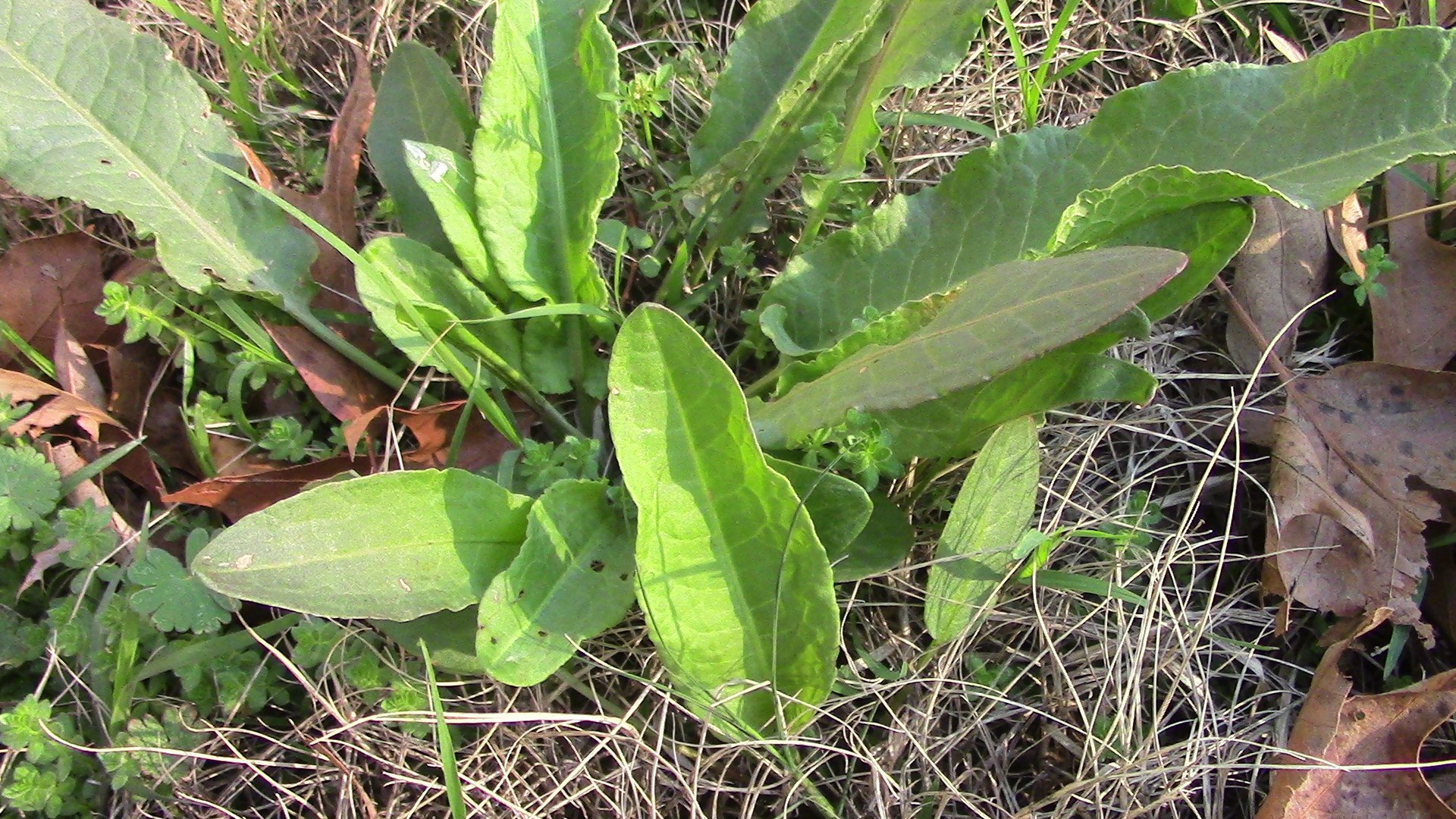
NUTRITION
As with many greens, it is wise to eat Yellow Dock in moderate portions. It is a good source of some vitamins and minerals such as the following.
Dock leaves are an excellent source of both vitamin A and vitamin C, as well as a source of iron and potassium.[8]
As with any wild edible, a local expert will be the best source of a hands-on learning experience. Also, I’d recommend familiarizing yourself with plants like Yellow Dock ahead of time, so that if you ever wind up in a survival situation, you’ll have the information already with you in your head.
The nutritional value that the Yellow Dock and other wild edibles can provide just might save your life one day, which is part of why I am learning about it and experimenting with different ways to eat it. If I can get used to finding the plant now and familiarizing myself with the flavor, it won’t be as hard to include it in my diet later if such becomes necessary.

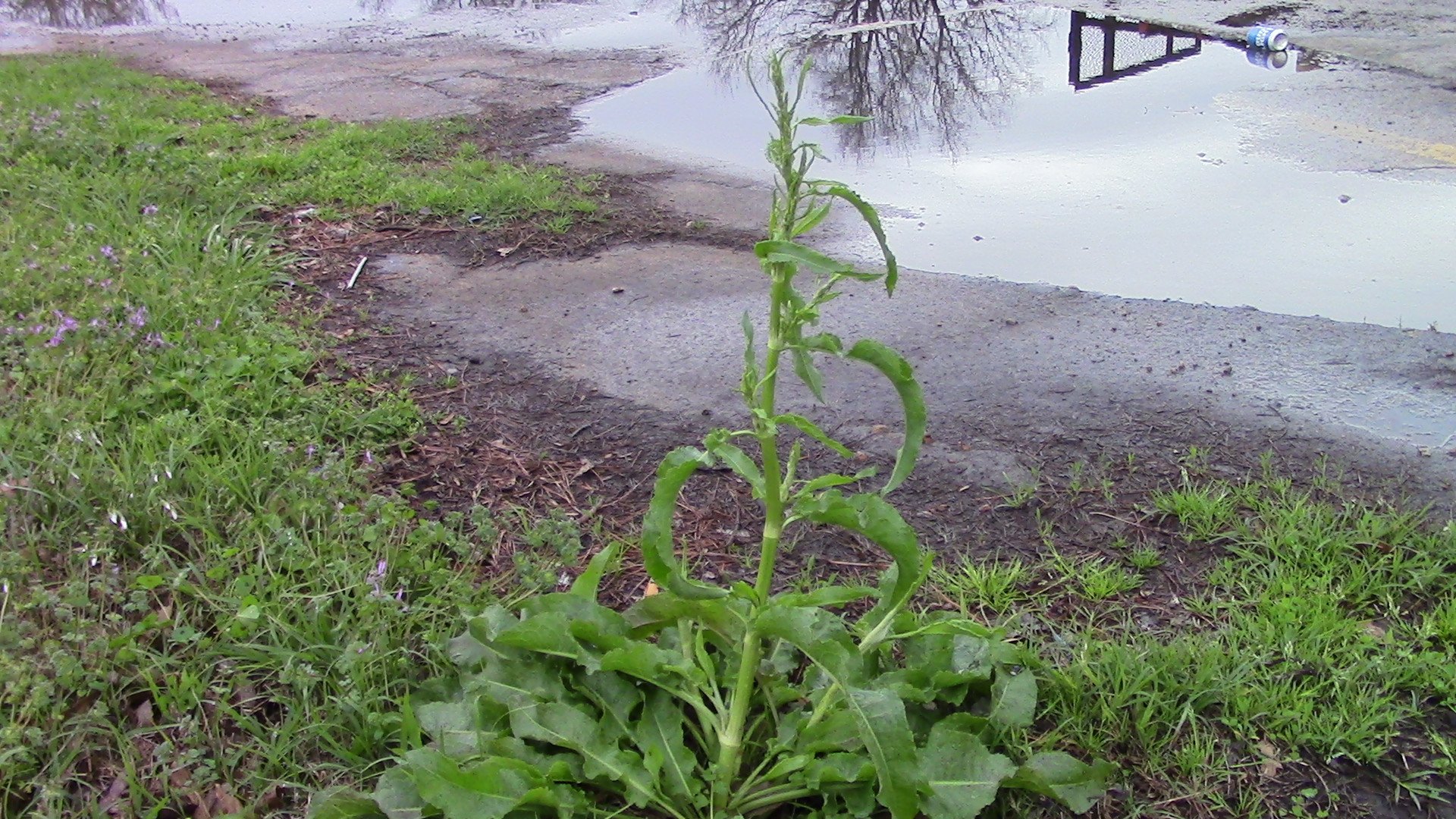
PROPAGATION
The Yellow Dock plant reproduces itself by seeds. Since the seeds are encased in a papery little exterior, they can easily spread by being blown in the wind, caught in the fur of animals, or by floating downstream in the water.
Once a Yellow Dock plant is established, it will come back the following year itself, and often be reproducing by seed as well, until the area becomes almost infested with the plant. It is even considered invasive by some people.

As always, I’m @papa-pepper and here’s the proof:

Here's previous THE EDIBLE OUTDOORS posts:
- 1-Common Yellow Wood Sorrel
- 2-Lamb’s Quarters
- 3-American Gooseberry
- 4-Stinging Nettle
- 5-Sassafras
- 6-Creeping Charlie
- 7-Dandelion
- 8-Plantain
- 9-Mint
- 10-Garlic
- 11-Purslane
- 12-Elderberry
- 13-Prickly Pear Cacti
- 14-Wild Lettuce
- 15-Passionfruit
- 16-Alfalfa
- 17-Chicory
- 18-American Beautyberry
- 19-Wintergreen plus a bonus, the Partridgeberry
- 20-Wild Chives
- BONUS-Getting Information Into Your Head Before You Need it
- 21-AMERICAN PERSIMMON

Except for the quoted sources,

FOLLOW



